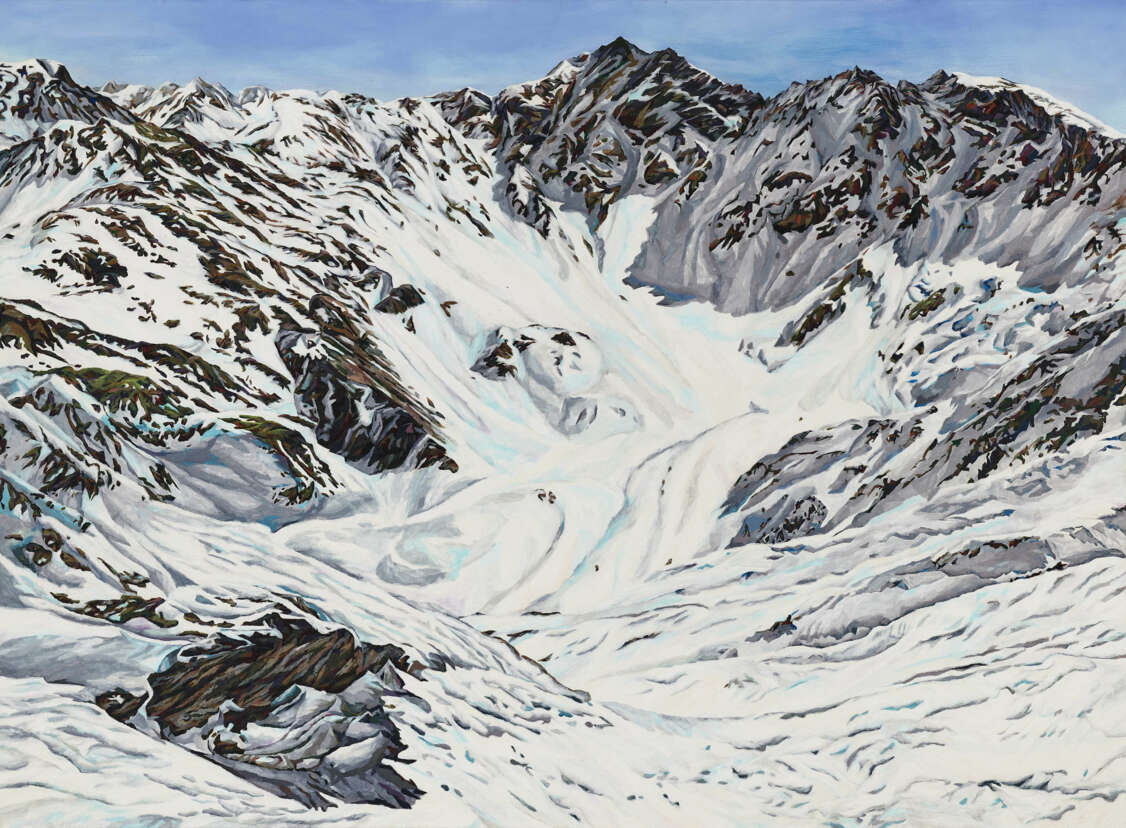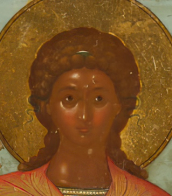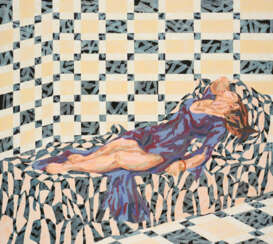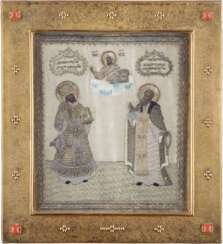2 Items by auctions and galleries:
rahmen. im rahmen beschrieben
Lot 3966 SEO
Seo Soo-Kyoung (SEO) (1977)  A137: Buch- und Kunstauktion 3
A137: Buch- und Kunstauktion 3 

Seo Soo-Kyoung (SEO)
1977
Germany, South Korea
Seo Soo-Kyoung, known by the artist name SEO, is a South Korean contemporary artist who lives and works in Berlin, Germany. Her artist name comes from her family name Seo written in capital letters.

Auktionshaus Kiefer
A137: Buch- und Kunstauktion 3
Date: 14.02.2025 10:00 UTC +01:00
Number of lots in the catalog: 1333
Lot 1965 AN IMPORTANT EMBROIDERY ICON SHOWING STS. DIMITRY OF ROSTOV AND ALEXANDER SVIRSKY WITH A
A147: Art & Icons From The Orthodox World - Part 3 

Hargesheimer Kunstauktionen Düsseldorf
A147: Art & Icons From The Orthodox World - Part 3
Date: 26.04.2025 10:00 UTC +01:00
Number of lots in the catalog: 750



